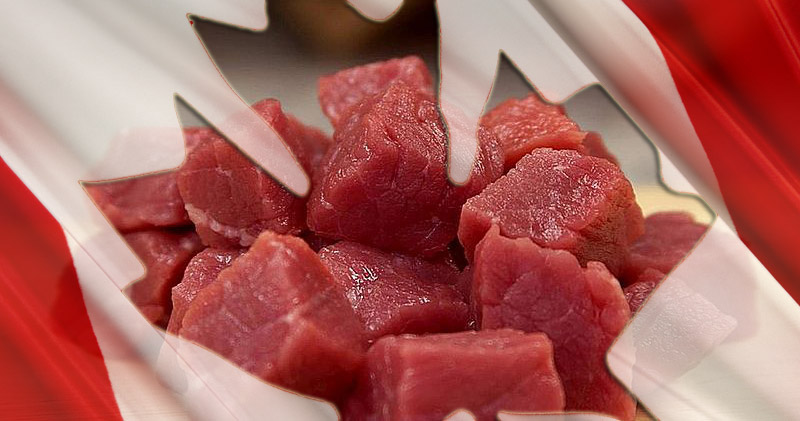Making Food Safer and Creating More Trade Opportunities for Businesses

Canadians want to know that the food they eat is safe. The speed, volume and complexity of food production have produced significant new risks and challenges, which require continual improvement to our food safety system
Today, the Honourable Ginette Petitpas Taylor, Minister of Health, and the Honourable Lawrence MacAulay, Minister of Agriculture and Agri-Food, announced that final Safe Food for Canadians Regulations were published in Canada Gazette, Part II (CGII).
“The Safe Food for Canadians Regulations will further enhance Canada’s international reputation as a global food safety leader, and help maintain and further expand market access for Canada’s food businesses,” MacAulay stated. “Maintaining and enhancing the quality of our exports is vital to achieving the Government of Canada’s trade target of growing agriculture and food exports to $75 billion by 2025.”
The Safe Food for Canadians Regulations (SFCR) will protect Canadian families by putting a greater emphasis on preventing risks to food safety. The regulations will provide clear and consistent rules for food commodities so consumers can be confident that food on grocery shelves is safer to eat, whether it is produced in Canada or abroad.
“Canada is recognized as having one of the strongest food safety systems in the world”
The new consolidated regulations are the result of an unprecedented level of consultations with stakeholders and consumers since the Safe Food for Canadians Act was passed in 2012, and they will come into force on January 15, 2019. The period between the final publication of the regulations in CGII and coming into force will give businesses time to familiarize themselves with and prepare for the new requirements, including licensing, traceability and preventive controls.
“Canada is recognized as having one of the strongest food safety systems in the world,” Petitpas Taylor added. “I am proud to say that these regulations, which focus on prevention and faster removal of unsafe food from the marketplace, go even further to protect Canadian consumers.”
The new rules will also be consistent with international food safety standards, and will strengthen Canada’s food safety system, enable industry to innovate, and create greater market access opportunities for Canadian food products exported abroad.
The Government of Canada is helping Canadian food businesses continue to have access to trading partners like the United States, which has already adopted similar regulations. Once the SFCR are fully in force, Canadian food businesses exporting foods that are regulated by the U.S. Food and Drug Administration can leverage their SFCR licence to demonstrate that their food safety controls meet their U.S. importers’ requirements under the U.S. Foreign Supplier Verification Program.
Businesses that import food or prepare food for export or to be sent across provincial or territorial borders will now need to have licences as well as preventive controls that address potential risks to food safety. To help reduce the time it takes to remove unsafe food from the marketplace, most food businesses will also have to maintain simple traceability records that allows them to trace their food back to their supplier and forward to whom they sold their products. Retailers will only be required to trace their food back to their supplier, not forward to consumers to whom they sold their products.
The Canadian Food Inspection Agency will update Canadians and stakeholders through social media and the Government of Canada website as these new measures are implemented and come into effect, starting in January 2019.












